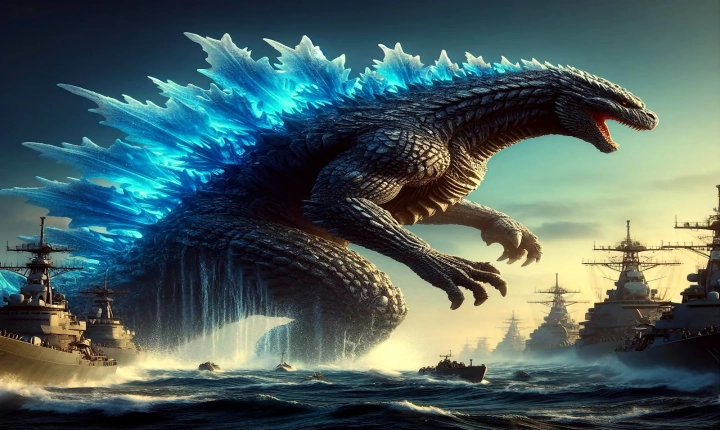Creating AI art is an exciting and innovative way to merge the world of technology and creativity. By leveraging machine learning algorithms and deep learning techniques, programmers can train AI models to generate unique and visually stunning pieces of art. Whether you are an experienced coder or a beginner looking to explore the intersection of art and AI, here are some fundamental steps to help you get started on coding AI art.
1. Understand the Basics of AI and Machine Learning: Before delving into coding AI art, it is essential to have a solid understanding of artificial intelligence and machine learning concepts. Familiarize yourself with the fundamentals of neural networks, deep learning, and image recognition algorithms. There are numerous online resources, courses, and tutorials available to help you grasp these concepts.
2. Select a Programming Language and Framework: The next step is to choose a programming language and machine learning framework to create your AI art. Python is a popular language due to its extensive libraries and frameworks designed for machine learning, such as TensorFlow, PyTorch, and Keras. These frameworks provide a wide range of tools and resources to train and deploy AI models for artistic purposes.
3. Gather Training Data: Training an AI model to generate art requires a robust dataset of images to learn from. You can curate a diverse collection of artwork, photographs, or graphic designs to serve as the training data. The quality and diversity of the training dataset directly impact the AI model’s ability to produce art that is original and visually appealing.
4. Preprocess and Prepare the Data: Once you have gathered the training data, it is crucial to preprocess and prepare the images for training the AI model. This often involves resizing, normalizing, and augmenting the data to ensure that the model can learn from a rich and varied set of visual inputs. Preprocessing the data also helps improve the model’s generalization and creativity in producing art.
5. Choose a Neural Network Architecture: Selecting an appropriate neural network architecture is pivotal for AI art generation. Convolutional Neural Networks (CNNs) are commonly used for image-related tasks due to their ability to learn complex visual patterns and features. You may also consider exploring Generative Adversarial Networks (GANs) or Variational Autoencoders (VAEs) for creating abstract and conceptual art.
6. Train the AI Model: Training the AI model involves feeding the prepared training data into the chosen neural network architecture and optimizing its parameters through an iterative learning process. This step often requires significant computational resources and time, especially for complex AI art generation tasks. Cloud-based platforms and GPU-accelerated hardware can expedite the training process.
7. Generate and Refine the AI Art: Once the AI model is trained, it can be used to generate art by providing it with random inputs or guiding it with specific creative constraints. The generated art can then be refined and enhanced through post-processing techniques, such as style transfer, pattern manipulation, or color grading, to achieve the desired aesthetic outcome.
8. Share and Collaborate: Lastly, sharing your AI art with the community and collaborating with other artists, programmers, and researchers can foster creativity and inspire new ideas. Participating in AI art competitions, exhibitions, and open-source projects can provide valuable feedback and insights to improve your coding practices and push the boundaries of AI artistry.
As technology continues to evolve, the world of AI art presents endless opportunities for innovation and interdisciplinary collaboration. By embracing the principles of coding and machine learning, individuals can unlock new avenues for artistic expression and redefine the boundaries of what is possible in the realm of digital art. Whether you are interested in creating AI-generated paintings, sculptures, music, or interactive installations, the intersection of AI and art offers a thrilling landscape for exploration and experimentation.
